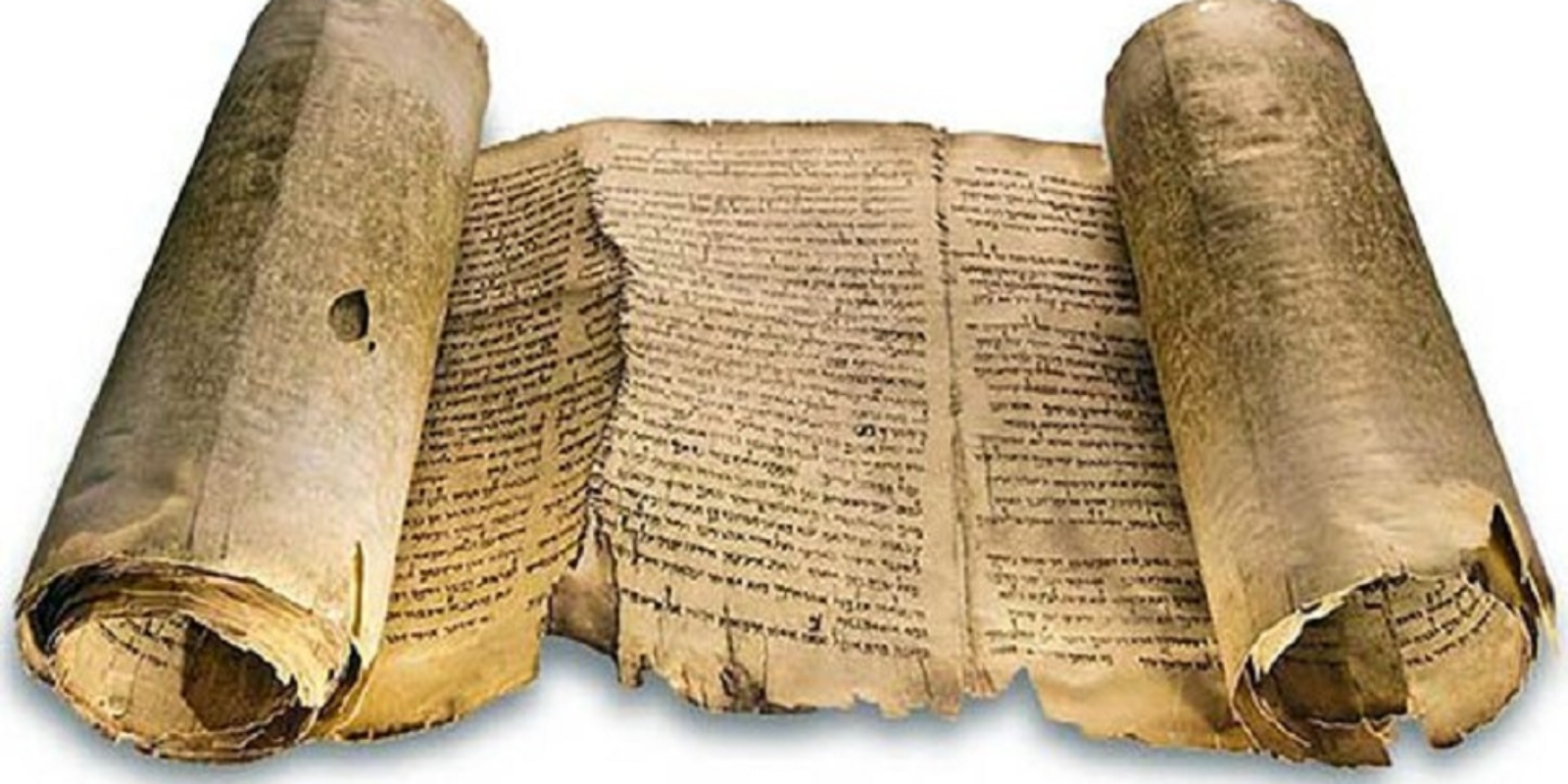The term "Canon" comes from the Latin word for rule or standard. So, when we say a certain book should or should not be included in the canon of Scripture we are asking if it measures up to or meets certain standards. How did the church identify which writings should be in the Bible? What standards did the church apply in order to determine whether to include a certain writing?
Old Testament: By the time of Jesus came along, ALL the Old Testament had been written and accepted by the Jewish community. In the first century, the Old Testament existed in a list of 22 (or sometimes 24) books that included the same content as our current 39 books of the Old Testament. These writings were divided into the Law, Prophets, and Writings.
A compilation of 14 books known as the Apocrypha has been the focus of countless debates on the canon. These books were written during the Intertestamental Period (the four centuries between Malachi and Matthew). The Eastern Orthodox and Roman Catholic Churches have long accepted the Apocrypha in their canon because these writings were included in early additions of the Septuagint, the Greek translation of the Hebrew Scriptures used frequently by the earliest Christians. However, when the Jewish canon was determined at the Council of Jamnia (90 AD), the Apocrypha was excluded.
Most Protestants reject the inspiration and canonicity of the 14 Apocryphal books although they are generally considered useful for background studies. Protestants cite the following reasons to exclude the Apocrypha from the canon: (1) The books contain teachings contrary to the rest of Scripture; (2) The New Testament never quotes the Apocrypha as authoritative; (3) The books never claim to speak for the Lord. At the time of the Reformation Martin Luther and others raised objections to Apocryphal writings and questioned their canonicity (among many issues they objected to). As a result, the Apocrypha has not been included in the Protestant Bibles.
New Testament: All the books were written after Jesus’s ministry. The early Christians relied on the oral teachings of the Apostles and their various letters. The New Testament writings were originally penned on scrolls and sent to individuals (such as Philemon, Theophilus, and Timothy), to individual churches (like Rome, Corinth, and Ephesus), or to groups of churches in a region (Galatians, Colossians, Revelation). Copies were soon made by scribes to be distributed to churches throughout the Roman Empire and beyond. Remember, the printing press was not invented until the 1450s.
As early as the second century AD, most of the books had reached a number of churches, and Christians frequently compiled their writings into an early form of the book known as codex. This innovation allowed believers to carry a large amount of Scripture in a more convenient form.
Circumstances necessitated the recognition of the New Testament canon to affirm which writings were authoritative and inspired by the Holy Spirit. The apostles and those who learned directly from them had died, and erroneous books were being written by people using names of key biblical figures.
The New Testament books had to meet certain criteria: (1) Was the book written by an Apostle of one of his close associates? (2) Did it contradict what had previously been accepted as inspired scripture? (3) Was it widely accepted by the church and its leaders as inspired? This was a matter that was taken very seriously.
Except for a handful of books (Hebrews, 2 Peter, 2 and 3 John, Jude and Revelation), there was practically unanimous acceptance of the New Testament writings as Scripture during the second century AD, and even the disputed books were accepted by most churches. In 367 AD Athanasius, the bishop of Alexandria, listed the 27 books of the New Testament as the complete canon. The church councils at Rome (382 AD), Hippo Regius (393 AD) and Carthage (397 AD) affirmed his list.
The three tests of canonicity I mentioned previously were clearly confirmed for each book of the New Testament. Matthew, John, and Peter were each Apostles who accounted for eight books (Matthew, John, 1-3 John, Revelation, 1-2 Peter). The Apostle Paul accounted for 13 books. James and Jude, half-brothers of Jesus, each wrote one book. Luke, an associate of Paul’s, wrote Luke and Acts. Mark has been traditionally accepted as the teachings of the Apostle Peter recorded by Mark. Hebrews, whose authorship is uncertain, is accepted as a book associated with Paul or an associate of Paul. In each case, authorship was connected to an apostle or associate or family member of Jesus and was widely accepted within the early church.
Why are no writings included by great men and women thru the centuries of church history (like Spurgeon or Calvin)? The best answer is that with the Book of Revelation God’s divine revelation and inspiration of Scripture ended. The countless other writings by great women and men of God provide us much wonderful insight and we would be well served to read them.
The canon of Scripture was written early, determined early, and has been unchanged since those times. We can confidently accept the Bible today as God's Word, reading and living by its teachings that have been revealed and preserved for us today. Second Timothy 3:16-17 says it well: “All Scripture is inspired by God and beneficial for teaching, for rebuke, for correction, for training in righteousness; so that the man or woman of God may be fully capable, equipped for every good work.”
